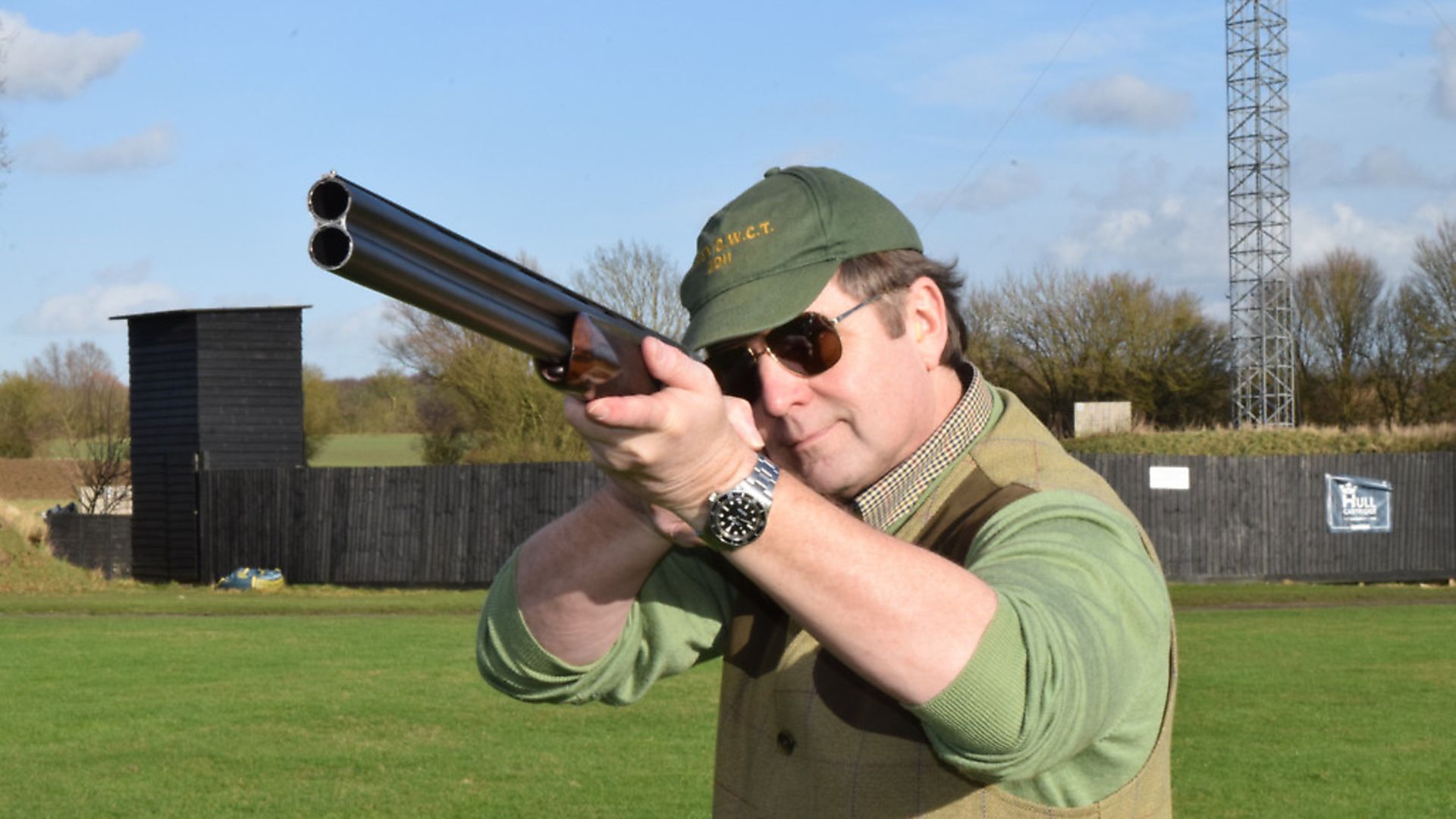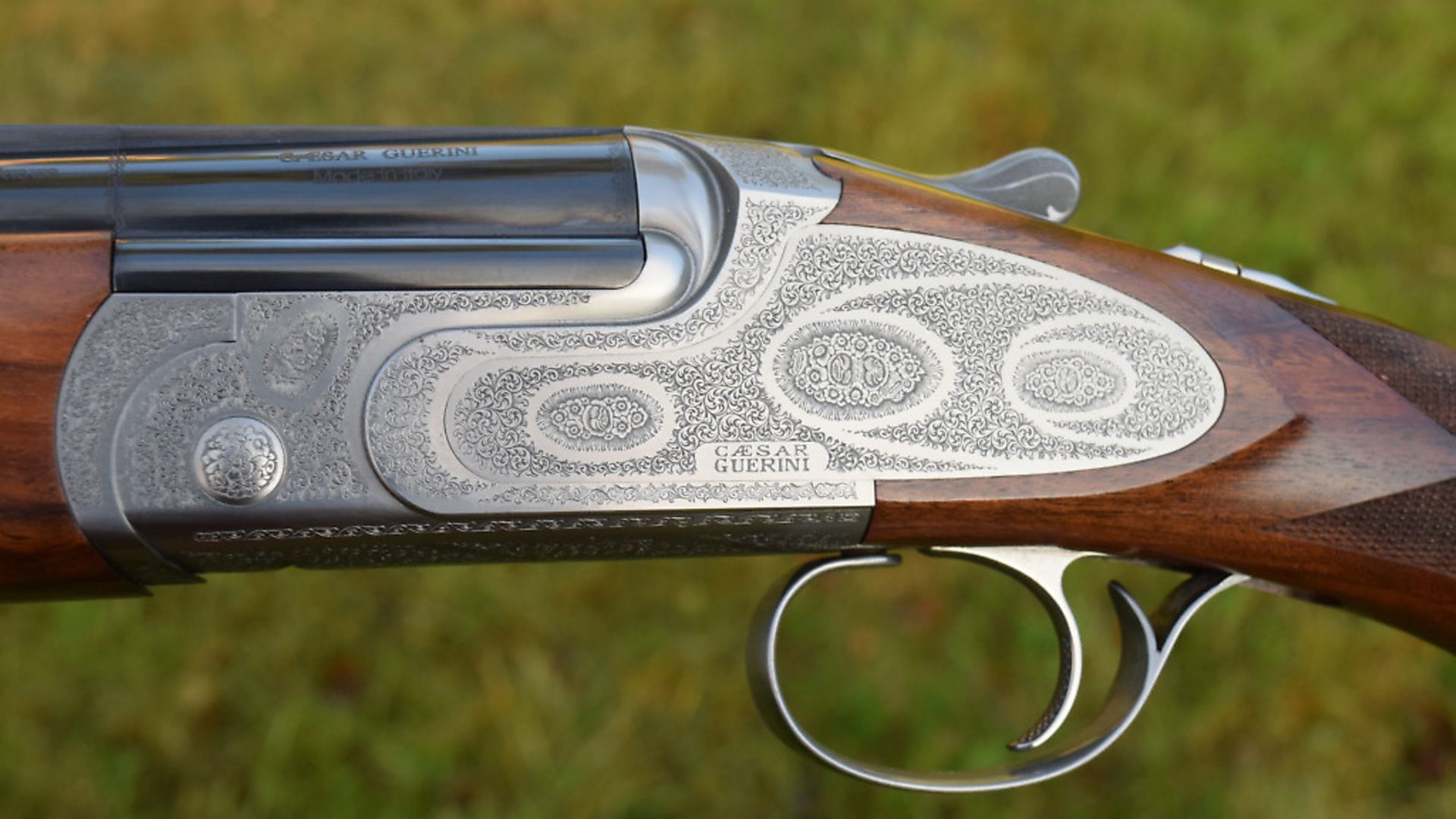Mike Yardley presents eight brilliant shotguns, priced at the affordable end of the market, that you simply can’t go wrong with...
 credit: Archant
credit: Archant
K, you are looking for a new gun, you have a budget that is not too rich, but you want a quality product with which you can shoot both game and clays really well and have some pride of ownership in. Let’s put real world numbers on this. What’s that budget going to be? Probably not much under £1,000 and not much over £3,000. So, where do you begin?
Some will already have a prejudice in regards to a certain marque or model. That is a bad place to start, in my opinion. I want to tell you about the guns that have impressed me, the guns that, in my opinion and having shot them extensively, it would be very difficult to go wrong with. There is no order to the list that follows. All are good or even great, and there is not much critical comment either because these are the cream of the present crop.
Beretta 691 (also called the 690 1).
I was really impressed with the 690 when I first shot it in Italy at its launch. I was even lucky enough to win the inaugural competition and a substantial prize (I hung up my competitive spurs after the event). The 690s feel a little different to 68 series Silver Pigeons, but the familial heritage is still evident with conical bolting and stud pin hinging – and they handle well in all barrel lengths. I shot the FITASC-style competition mentioned with a 28” 12-bore field gun (nothing else was available). I now own a 32” hunting version and it is excellent too, notable for having long barrels but equipped with a narrow game rib (so the barrels are not too heavy). I have also been impressed by the 30” gun.
 credit: Archant
credit: Archant
Beretta Silver Pigeon
I would never write off the venerable Silver Pigeon. The Silver Pigeon 1 Scroll would be my call in a 30” 20-bore (RRP: £1,815) and there is a plain ‘White Onyx’ model still listed. The 12-bore is excellent too, and indestructible in my experience (which is why so many shooting schools still use them). The guns shoot well, and more or less forever. They don’t handle quite as well as the 69 series, in my opinion, but I like the steel fore-end iron (the 69s have gone over to alloy for this component).
Browning 525
The Browning 525 is a wonderful, well-priced firestick. I have shot dozens of them, not to mention 425s and 325s. My call here for all-round use would be the 30” Sporter. I am never much influenced by field and clay target designations – I base my opinions and recommendations on actual shooting qualities. The 30” 525 Sporter with a 10mm rib is a gun you can’t go wrong with. It’s good at everything if you’re on a budget (RRP: £1,685). If you want a lightweight gun, I recently used 525 Game 1 light (an alloy-actioned model) in 20-bore 30” form (RRP: £2,059). It was the best alloy-actioned over-and-under that I have shot to date. Very easy and instinctive to use, with manageable recoil, unlike some lightweights. It would be ideal in a hide, walking-up, or for ladies and young shooters too.
Browning 725
The newer, sleeker Browning 725 (RRP: Grade I is £2,359) has been a huge success. Again, I have shot many versions, and I shot better than I have before or since at driven game with a 30” 725 Sporter. I picked it from a rack and chose a gun that had a slightly higher stock than the rest. Since my first outing, I have tried all the range. I like the new ‘Black Edition’ gun a lot (RRP: £2,935). The 32” 20-bore ‘Hunter UK Premium’ has a different character, with a nice semi-pistol grip (also available on the 12-bore version of this model). I would recommend this 20-bore strongly – a really super, great shooting, pointable gun at any money (RRP: £2,525). The 30” 725 20-bores are also excellent in their various guises. All the 725s have the advantage of DS choking too with the thread to the front and copper band gas seal to the rear – one of the cleverest multi-choke systems on the market.
Rizzini
Rizzini guns have come on hugely in recent years with massive industrial investment at their Gardonne factory. The scale of their operation is extremely impressive – one of the biggest now in Italy, bar Beretta. I especially like the Rizzini 30” 20-bores. The BL110 over-and-under offers value and modest elegance at £1,565. The 30” 20 EM round bar gun is £2,990, and very pretty with deep scroll engraving and great handling qualities. It would not disgrace itself in any company. The firm also make an attractive and great shooting little 20-bore side-by-side, the 550 model, at £3,230.
 credit: Archant
credit: Archant
Blaser F16
The F16 drew a lot of attention when it was launched – Blaser technology and quality at an attainable price. The action is quite different to the F3. The hammers are hinged conventionally on a trigger plate (the F3 has a unique in-line hammer system). The gun in Sporting form (my favourite) is aimed at “the discerning club shooter”. Supplied with three chokes, the RRP is £2,783 for the field model and £3,047 for the Sporter.
Miroku MK60 and MK38
Miroku have always offered great value. The MK60 fixed choke has always been a good gun at a good price. It also has what I regard as the best full pistol grip design in the business. Of Browning origin, it is a pattern that other makers would do well to follow. Relatively even in depth throughout its length, it offers excellent purchase and control without the need for a palm swell. MK60s start at £1,639 these days. The MK60 Grade V (RRP: £3,088) also offers the most gun for the least money on the British market at the moment, in my opinion – classic styling, great handling, and hand-engraving with excellent wood too. It also comes in pairs at a very tempting price. The MK38, long a favourite with clay shooters, is also the gun of choice for many high-birders. With an RRP of £1,862 in Grade 1 form, it’s a lot of gun for its money.
Guerini sideplate
I shoot much of my game these days with Guerini 20-bores. I have gone over to 20s because of injury and have found I get on especially well with the feel and balance of the side-plated Guerinis in 30 and 32” form. My call would be for a Magnus 30” 20-bore (RRP: £2,850) for all-round use. Ideal for driven game, a hide or walking-up, it is also great fun on clays.
 credit: Archant
credit: Archant
TOP GUNFITTING TIPS
SIMPLE TEST FOR LENGTH:
1) Prove that the gun is empty.
2) Mount it normally.
3) Note the angle between your upper and lower arm (measured inside the arm at the bicep and inner forearm). I like to see 90 degrees if possible – this is the most efficient lever. It usually equates to a gap of a finger or two between the base of your rear hand thumb and the tip of your nose with the gun properly mounted.
SIMPLE TEST FOR DROP AND CAST:
1) Prove that the gun is empty.
2) Select a point just above head height on a solid wall.
3) Keep focusing on that point and mount the gun.
4) Repeat the procedure, but this time, as you bring the gun up, close your eyes.
5) Open your eyes, keeping your head on the stock, and maintain normal cheek pressure! If your eye is to one side of the rib, or if you can see too little or too much rib the gun may not fit (or your mounting technique may be poor).
SIMPLE TEST FOR COMB HEIGHT:
* If raising the proven empty gun 45 degrees skywards means that you lose the front bead with normal cheek pressure, the stock is probably too low.
* You may also mount your proven empty gun into a mirror. If it is an over-and-under intended for sporting shooting, you will want to see the pupil sitting on the rib when you have the head properly positioned with normal cheek pressure.
MODIFICATIONS
Many, if not most, off the shelf guns are too low in the stock for the average user. Anyone with a smaller head may want a higher stock (big men, with big heads, may want a lower stock). Young people of both sexes and adult women usually want a higher stock than is commonly available to them. Many middle-aged men will require a gun with a bit of extra cast. This is easily achieved by stock bending with a competent gunsmith. n